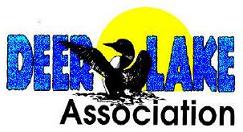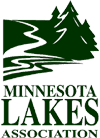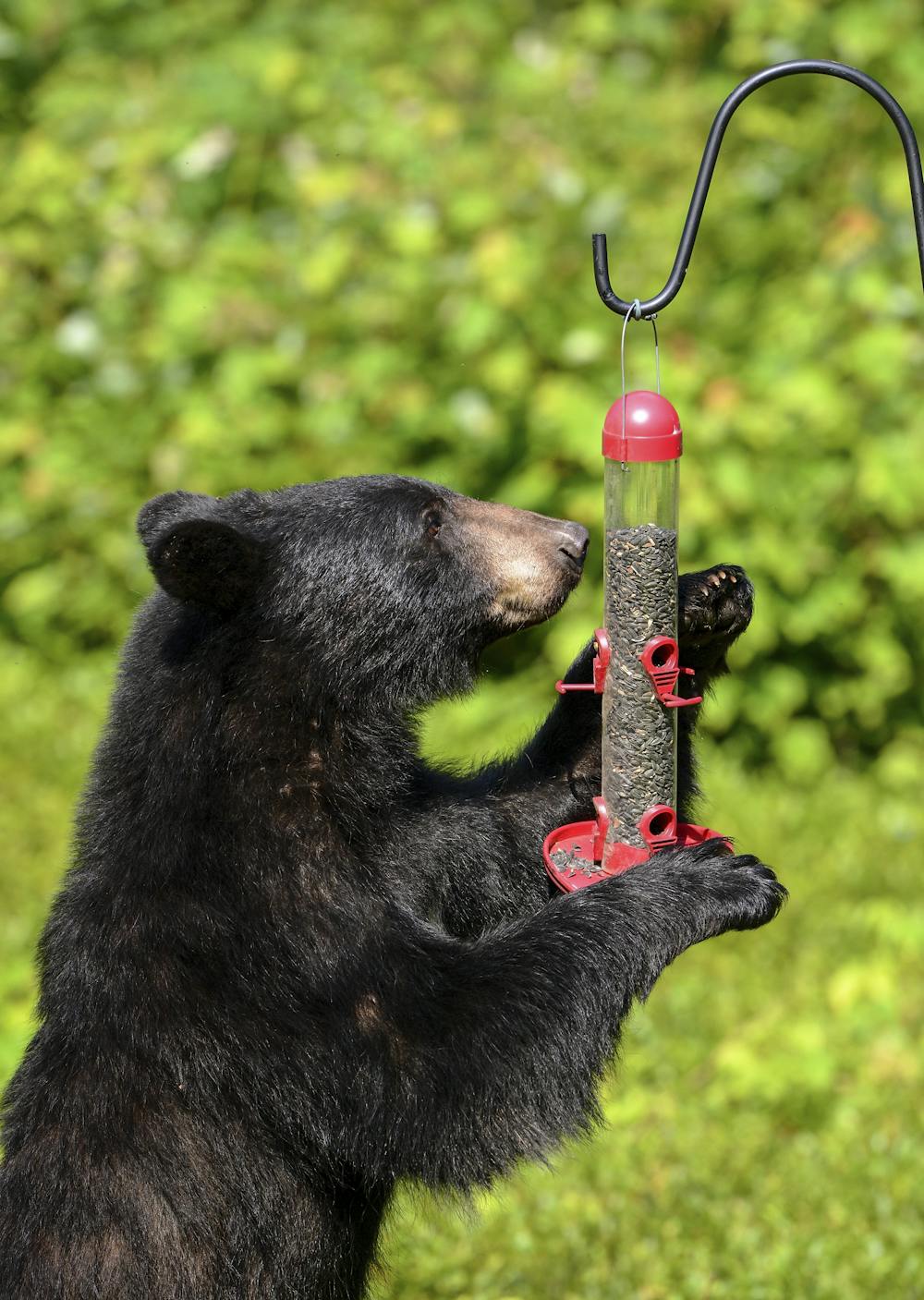

Deer Lake Association
A member of the Minnesota Lakes Association
| Spotlight |
|---|
|
|
Hints and Important Information
In woods and grasslands ALL Summer, Spring, Fall
and even mild days in the Winter!
Click here for more information

<%**%>
There is also danger in the water from
Blue-Green Algae!
Click here for the Jar-Stick Test
&#^#&
And don't forget to watch for
Poison Ivy

Here is a link to test you ID knowledge:
https://www.poison-ivy.org/poison-ivy-quiz
More links can be found from there.
@#%^^^%***

Deer Lake Association Handbook
Deer Lake Property Owner's Handbook
OR
The 2018 Deer Lake Property Owner's Handbook
NEW: Lyme Disease Information
Wood Tick Removal. Spring is here and the ticks will soon be showing their heads. Here is a good way to get them off you, your children or your pets. It is recommended by a nurse so give it a try.
A School Nurse has written the info below—good enough to share—and it really works!!
I had a pediatrician tell me what she believes is the best way to remove a tick. This is great, because it works in those places where it’s some times difficult to get to with tweezers: between toes, in the middle of a head full of dark hair, etc. Apply a glob of liquid soap to a cotton ball. Cover the tick with the soap-soaked cotton ball and swab it for a few seconds (15-20), the tick will come out on its own and be stuck to the cotton ball when you lift it away. This technique has worked every time I’ve used it (and that was frequently), and it’s much less traumatic for the patient and easier for me. Unless someone is allergic to soap, I can’t see that this would be damaging in any way. I even had my doctor’s wife call me for advice because she had one stuck to her back and she couldn’t reach it with a tweezers. She used this method and immediately called me back to say, “It really works.”
******************
DNR: Deer Lake DOCK DATA 2007- Because the cumulative impacts of “so many and so large” on fish habitat seen around the state has caused remarkably diminished fish diversity and populations the DNR is considering increasing dock regulations. Below is the 2007 data from Deer Lake.
1. Total number of first tier homes N = 290
2. Total number of docks N = 323 (15 of these are commercial, 308 are private)
A. Docks part of commercial properties N = 15
6 Resorts, 3 Campgrounds, 0 Marinas, 6 Shared Access (all of these are legal size)
B. Private docks N = 308
287 (97%) are Legal size, 15 (5%)Temporarily exempted, 6 (2%) are Illegal
Most of the illegal sized docks are in the 180 - 190 sq. ft. range. Only one is extremely large and that one is 400 sq. ft.
But sometimes they are so friendly they get too close which can be quite dangerous to the other boat. Perhaps they have never been on a small boat and don’t understand how their boat’s wake can affect others in smaller, more tippy craft like sailboats, canoes and kayaks.
According to the U.S. Coast Guard, capsizing and falls overboard are the most common type of fatal boating accidents in the country. In Minnesota, most boating deaths are the result someone falling overboard or a boating tipping over and ejecting its passengers into the water. Sometimes the victims are good swimmers, but they drown anyway. Without a life jacket, sudden immersion causes a reflexive gasp for air which can draw water into the victim’s lungs. Tragically, drowning is the most likely outcome.
As a boater, Minnesota state law says you are legally responsible for your craft’s wake and "you may not operate your boat so the wake endangers, harasses, or interferes with any person or property." Also, "Non-motorized craft (sailboats, canoes, etc.) have the right-of-way over motorized craft in all situations, except when the non-motorized is overtaking or passing."
To learn more about this and other boating laws, people can order a free copy of the "Minnesota Boating Guide, a summary of boating rules" by calling the DNR toll free at 1-888-MINNDNR, or emailing info@dnr.state.mn.us.
So remember anglers, when you are heading to your favorite fishing hole, please keep a good safe distance away from smaller boats, especially unpowered craft. But don’t forget to wave!
From the Brandts, Echo Bay on Deer Lake
Below are a few excerpts found in the 2006 edition of the
p.29– Non-Motorized Craft Non-motorized craft (sailboats, canoes, etc.) have the right-of-way over motorized craft in all situations, except when the non-motorized is overtaking or passing.
p.33– GENERAL PROHIBITIONS It’s against the law:
To operate a watercraft in a careless or reckless manner.
To operate a watercraft so that its wash or wake endangers, harasses, or interferes with any person or property.
p.34– To operate a watercraft so that it obstructs or interferes with the take off, landing, or taxiing of a seaplane.
p.50 –BOATING SAFETY TIPS
What accident causes the most deaths among boaters? Falls overboard and capsizing. Collisions with a second boat or another object don’t just happen. They are usually the result of inattention, fatigue, and a lack of knowledge about local water conditions.
p.44–DIVER'S FLAG RED AND WHITE OTHER WATER ACTIVITIES SCUBA DIVING Scuba divers must display a warning flag when diving. Boats not involved with the diving operation must remain 150 feet away from a flag. (Much more info on this in the regulations)
For more information, go to:
|
Specifically Permitted
|
Wire or wood sparklers of not more than 100 grams of pyrotechnic composition per item. Ground-based sparkling devices which are non-explosive and non aerial, and contain 75 grams or less of chemical mixture per tube or a total of 200 grams or less for multiple tube items and include: fountains, cones, illuminating torches, wheels, ground spinners, flitter sparklers, flash / strobes, and novelty devices including snakes, glow worms, trick noisemakers, party poppers, and snappers.
|
|
Specifically Prohibited
|
Firecrackers, torpedoes, missiles, skyrockets, bottle rockets, roman candles, daygo bombs, mines and shells, chasers, and parachutes.
|